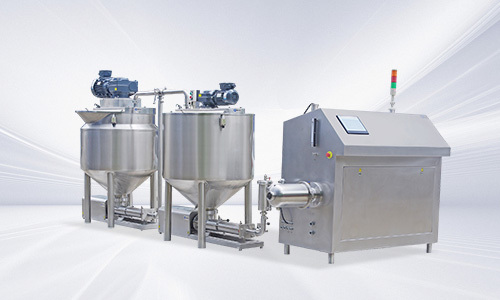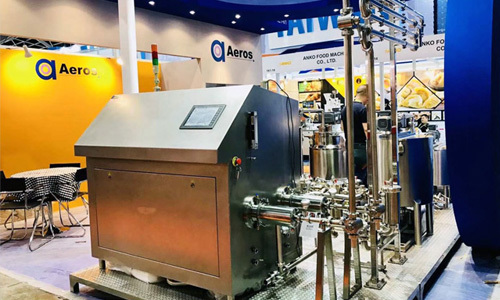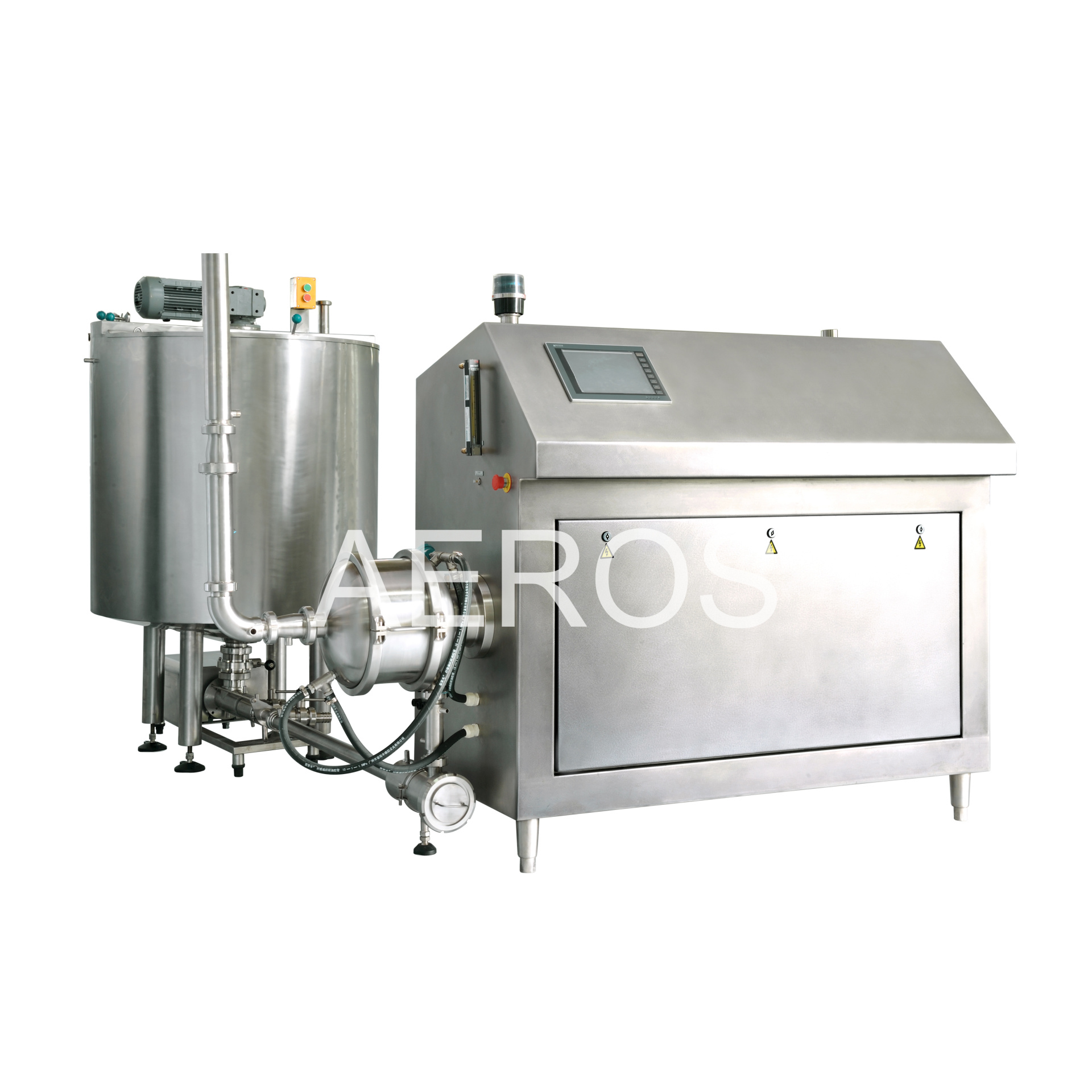The Mechanics of Quality Swiss Roll Production Lines Explained: A Comprehensive Guide

2025/06/16
The Mechanics of Quality Swiss Roll Production Lines Explained
Table of Contents
- 1. Introduction to Swiss Roll Production
- 2. Importance of Quality in Swiss Rolls
- 3. Key Machinery in Swiss Roll Production
- 4. Overview of the Swiss Roll Production Process
- 5. Quality Control Measures
- 6. Maintenance of Production Equipment
- 7. Trends in Swiss Roll Production
- 8. Frequently Asked Questions
- 9. Conclusion
1. Introduction to Swiss Roll Production
Swiss rolls, a beloved treat around the world, are characterized by their light, spongy texture and delicious fillings. The demand for these delectable confections has led to significant advancements in manufacturing technologies. Understanding the **mechanics of Swiss roll production lines** is essential for manufacturers aiming to maintain quality and efficiency in their operations.
2. Importance of Quality in Swiss Rolls
Quality is paramount in the production of Swiss rolls. Customers expect not only excellent taste but also consistent texture and appearance. A single defect can lead to customer dissatisfaction and loss of trust. Therefore, manufacturers must focus on rigorous quality control and maintain high standards throughout the production process.
3. Key Machinery in Swiss Roll Production
The production of Swiss rolls involves several specialized machines designed to automate and optimize the process. Each piece of equipment plays a critical role in ensuring the efficiency and quality of the final product.
3.1 Mixing and Baking Machines
The first stage in Swiss roll production is the preparation of the batter. **Mixing machines** combine ingredients such as flour, sugar, eggs, and flavorings to create a homogeneous batter. The precision of these machines is vital, as any inconsistency can affect the texture and taste of the Swiss rolls.
After mixing, the batter is transferred to **baking ovens**, where it is baked to perfection. Modern ovens offer precise temperature control and even heat distribution, ensuring that each batch is baked uniformly. Innovations in baking technology have enabled manufacturers to optimize baking times, leading to energy savings and improved product consistency.
3.2 Rolling and Filling Equipment
Once baked, the sponge cake is moved to the **rolling and filling area**. Specialized machines take the baked sheet and gently roll it while adding fillings such as cream, chocolate, or fruit preserves. This stage is critical, as improper rolling can lead to cracks or uneven filling distribution.
Advanced equipment also includes **cutting machines** that portion the Swiss rolls into standard sizes, ensuring uniformity across products. This consistency is vital for branding and customer satisfaction, as consumers expect similar experiences with each bite.
3.3 Packaging and Storage Systems
After filling and cutting, Swiss rolls require proper packaging to maintain freshness and appeal. **Automated packaging systems** seal the rolls in protective materials that prevent spoilage and enhance shelf life. Advanced technologies, such as vacuum sealing and modified atmosphere packaging, are commonly employed to preserve the quality of the product.
Following packaging, the rolls are stored in controlled environments to ensure optimal shelf life. **Storage systems** must maintain specific temperature and humidity levels to prevent deterioration, ensuring that the Swiss rolls reach consumers in perfect condition.
4. Overview of the Swiss Roll Production Process
The production of Swiss rolls can be broken down into several key stages:
1. **Ingredient Preparation**: All raw materials are measured and prepared for mixing.
2. **Mixing**: Ingredients are combined in industrial mixing machines.
3. **Baking**: The batter is poured into pans and baked in high-efficiency ovens.
4. **Cooling**: Baked sponge cakes are cooled to prevent condensation during rolling.
5. **Rolling and Filling**: The cooled cakes are rolled with fillings and cut to size.
6. **Packaging**: The rolls are packaged using automated systems to ensure freshness.
7. **Storage**: Packaged rolls are stored under controlled conditions until distribution.
Each stage requires careful attention to detail and adherence to best practices to ensure the final product meets quality standards.
5. Quality Control Measures
Effective quality control is critical in Swiss roll production. Manufacturers implement several measures to ensure that each batch meets the required standards:
- **Ingredient Quality Checks**: All raw materials are sourced from reliable suppliers and tested for quality before use.
- **Process Monitoring**: Real-time monitoring of machinery and processes helps identify any deviations from standards.
- **Regular Testing**: Finished products undergo sensory evaluations and microbiological testing to ensure they are safe and palatable.
- **Feedback Loops**: Customer feedback is analyzed to identify areas for improvement in both product quality and production efficiency.
By integrating these quality control measures, manufacturers can enhance their reputation and ensure customer satisfaction.
6. Maintenance of Production Equipment
Regular maintenance of production equipment is essential to avoid downtime and ensure consistent quality. Implementing a proactive maintenance schedule can prevent unexpected failures, which can lead to production delays and financial losses.
Key maintenance practices include:
- **Routine Inspections**: Regular checks on machinery to identify any wear and tear.
- **Cleaning Protocols**: Establishing stringent cleaning procedures to prevent contamination.
- **Calibration**: Regular calibration of machines to ensure they operate within specified parameters.
- **Staff Training**: Training operators to identify and report equipment issues promptly.
By prioritizing maintenance, manufacturers can improve efficiency and product quality while reducing operational costs.
7. Trends in Swiss Roll Production
The Swiss roll production industry is evolving with technology and consumer preferences. Some notable trends include:
- **Health-Conscious Options**: Increasing demand for gluten-free, vegan, and low-sugar options to cater to health-conscious consumers.
- **Sustainable Practices**: Manufacturers are adopting eco-friendly practices by reducing waste and utilizing sustainable packaging materials.
- **Automation**: The integration of advanced automation technologies is streamlining production processes and enhancing efficiency.
- **Customization**: Offering personalized Swiss rolls with unique flavors and fillings, allowing consumers to tailor their purchases.
Staying abreast of these trends allows manufacturers to remain competitive in a rapidly changing market.
8. Frequently Asked Questions
1. What ingredients are typically used in Swiss rolls?
Swiss rolls typically consist of flour, sugar, eggs, baking powder, and flavorings. Fillings may include cream, fruit preserves, chocolate, or a combination of these.
2. How long does the Swiss roll production process take?
The duration of the production process varies depending on the equipment and scale of production but typically ranges from a few hours to a full day for larger operations.
3. Are there specific quality standards for Swiss rolls?
Yes, Swiss rolls must meet food safety regulations and quality standards, including sensory attributes such as taste, texture, and appearance.
4. How can manufacturers ensure the freshness of Swiss rolls?
Utilizing advanced packaging techniques, such as vacuum sealing, and storing products in controlled environments can help maintain freshness.
5. What advancements are being made in Swiss roll production technology?
Technological advancements include automation, improved baking techniques, and the use of artificial intelligence for quality control and process optimization.
9. Conclusion
In conclusion, understanding the mechanics of Swiss roll production lines is crucial for manufacturers seeking to optimize their processes and ensure high-quality products. By focusing on advanced machinery, quality control measures, and emerging trends, they can meet consumer demands and maintain a competitive edge. As the industry continues to evolve, staying informed and adapting to new technologies will be vital for success in the Swiss roll market.
quality Swiss Roll Production line











